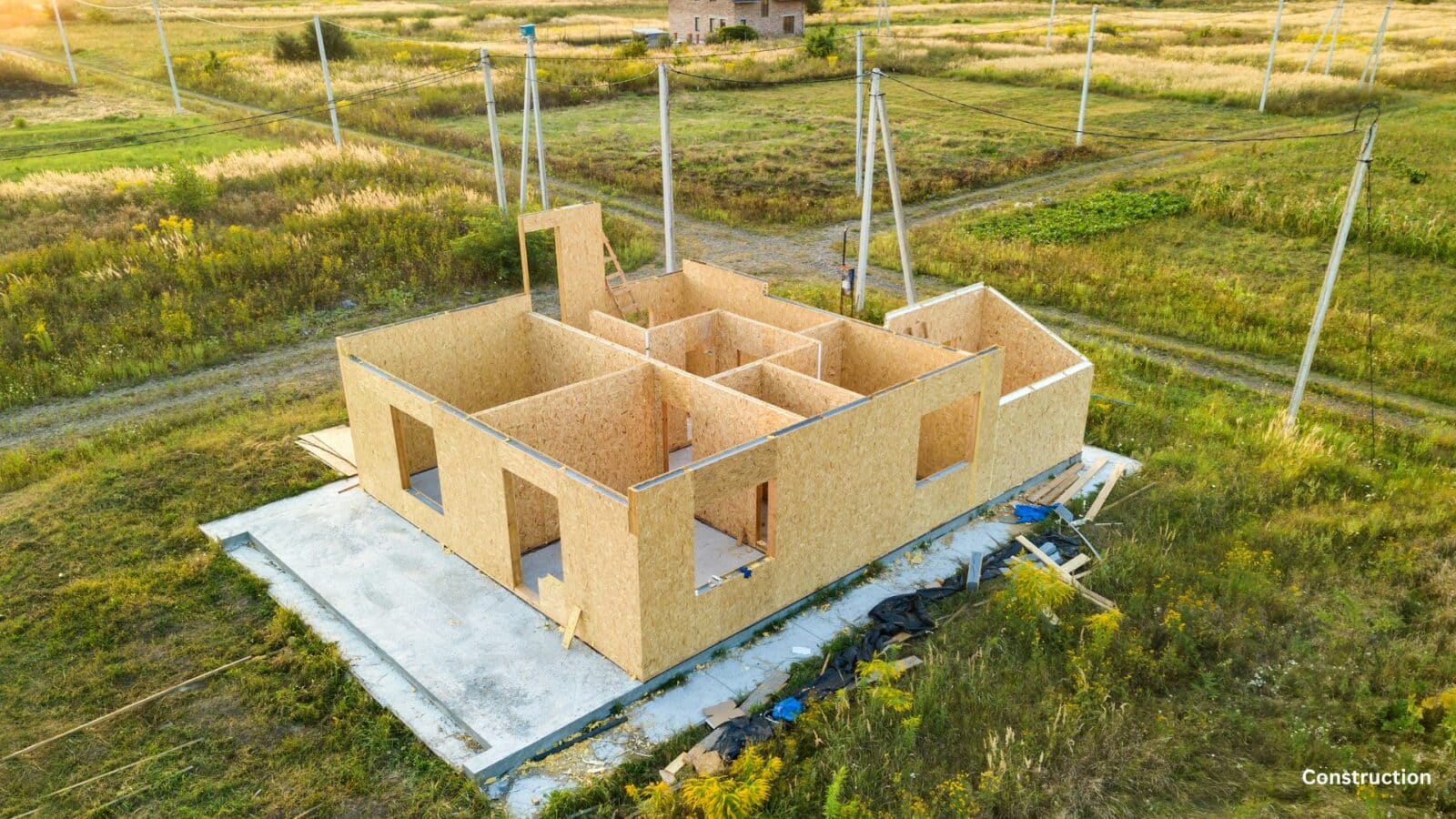Modular construction is transforming the building industry with its innovative approach. This method involves constructing building sections off-site in a factory-controlled environment. These sections are then transported and assembled on-site, providing numerous advantages over traditional construction methods.
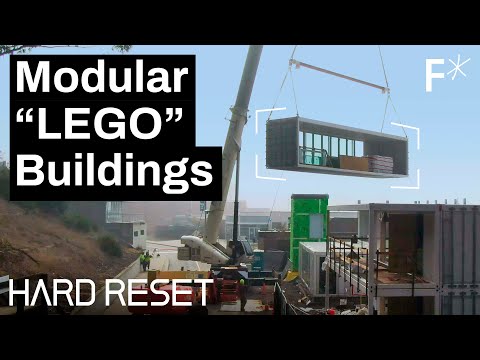
The Rise of Modular Construction
Modular construction is gaining popularity due to its efficiency and cost-effectiveness. According to a recent report, the modular construction market is expected to reach $140.6 billion by 2029. This growth is driven by the increasing demand for sustainable and affordable housing solutions.
Key Benefits of Modular Construction
- Speed and Efficiency: Modular construction significantly reduces build time. Factory construction allows for concurrent site preparation and building module fabrication. This process can cut project timelines by 30-50%.
- Cost Savings: Modular construction can be more cost-effective. Factory settings reduce labor costs and material waste. The streamlined process minimizes unexpected expenses.
- Quality and Safety: Building in a controlled environment ensures higher quality and safety standards. Factory settings reduce exposure to weather-related delays and damage.
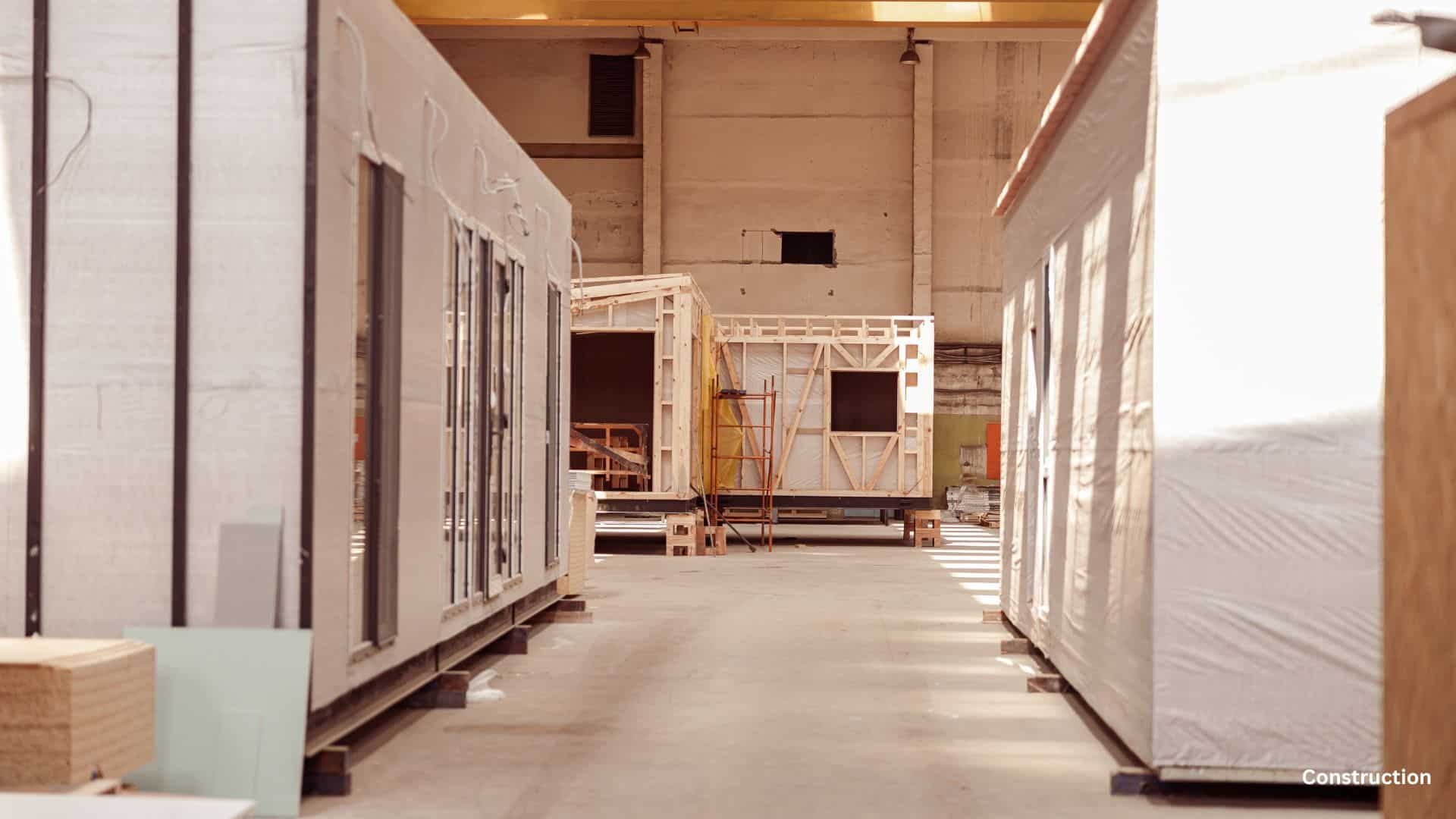
Modular Construction Market Insights and Future Trends
The modular construction market is expanding rapidly, driven by several key factors. Urbanization and industrialization are major contributors to this growth, particularly in regions like North America and Asia-Pacific. These areas are experiencing a surge in population and economic activities, leading to a higher demand for efficient and sustainable building solutions.
North America
In North America, the modular construction market is thriving due to the increasing need for quick and cost-effective building methods. The rise in residential and commercial construction projects, coupled with a strong focus on sustainability and environmental impact, is propelling the market forward. Technological advancements in construction techniques and materials are further enhancing the appeal and feasibility of modular construction in this region.
Asia-Pacific
Asia-Pacific is the largest market for modular construction, with countries like China, Japan, and India leading the way. Rapid urbanization and industrialization in these countries are creating a high demand for new buildings, from residential homes to large commercial complexes. The adoption of modular construction is seen as a solution to address the urgent need for infrastructure while maintaining high standards of quality and sustainability.
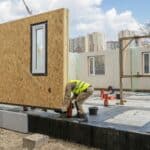
Technological Advancements
The capabilities of modular construction are continuously being enhanced by technological advancements. Innovations in design, manufacturing processes, and materials are making modular construction more efficient and versatile. For instance, the use of advanced robotics and automation in factories ensures precise and consistent production of building modules. Additionally, the integration of smart technologies into modular buildings is becoming more common, providing added value in terms of energy efficiency and occupant comfort.
Sustainability and Efficiency
Sustainability is a major driver of the modular construction market. Building modules in controlled factory environments significantly reduces waste and minimizes the environmental impact. Moreover, the speed and efficiency of modular construction mean that buildings can be completed much faster than with traditional methods, reducing the overall carbon footprint of construction projects.
Future Trends
Looking ahead, the modular construction market is expected to continue its robust growth. The increasing awareness of the environmental and economic benefits of modular construction is likely to drive further adoption. Additionally, ongoing research and development in materials and construction methods will continue to expand the possibilities for modular buildings, making them suitable for an even wider range of applications, from affordable housing to high-end residential and commercial projects.
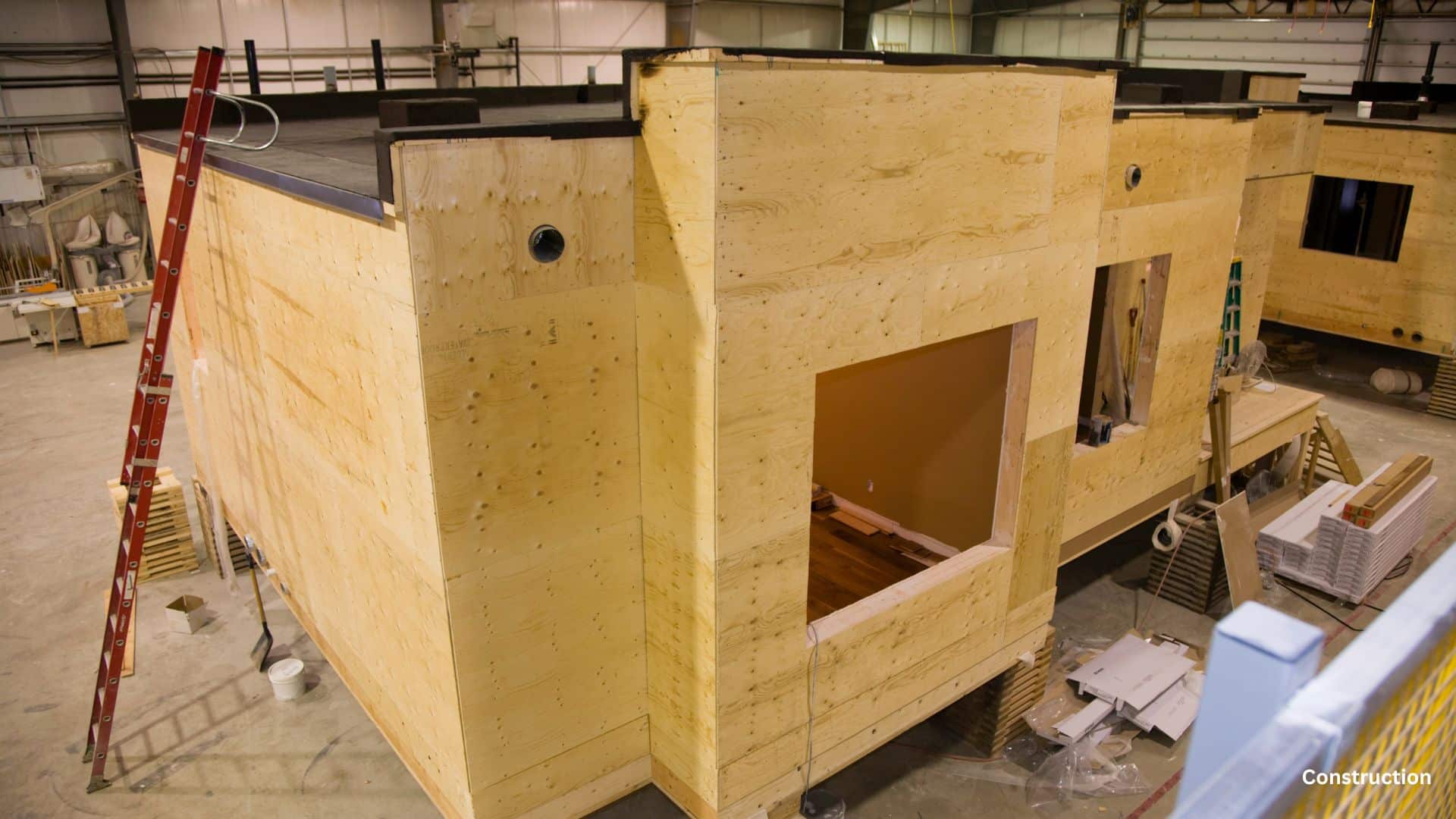
Key Players in Modular Construction Market
Several key players are driving the growth of the modular construction market:
- Laing O’Rourke (UK)
- Red Sea Housing (Saudi Arabia)
- Atco Ltd. (Canada)
- Skanska AB (Sweden)
- Modulaire Group (UK)
- Bechtel Corporation (US)
- Fluor Corporation (US)
- Lendlease Corporation (Australia)
- Kleusberg GmbH (Germany)
Drivers, Restraints, and Opportunities
- Driver: The increasing focus on workplace safety and sustainability is boosting the modular construction market.
- Restraint: The lack of proper recycling infrastructure poses a challenge to the market’s growth.
- Opportunity: Growing population and urbanization are driving an increase in construction projects, providing ample opportunities for modular construction.
- Challenge: A shortage of experts in the field remains a significant challenge.
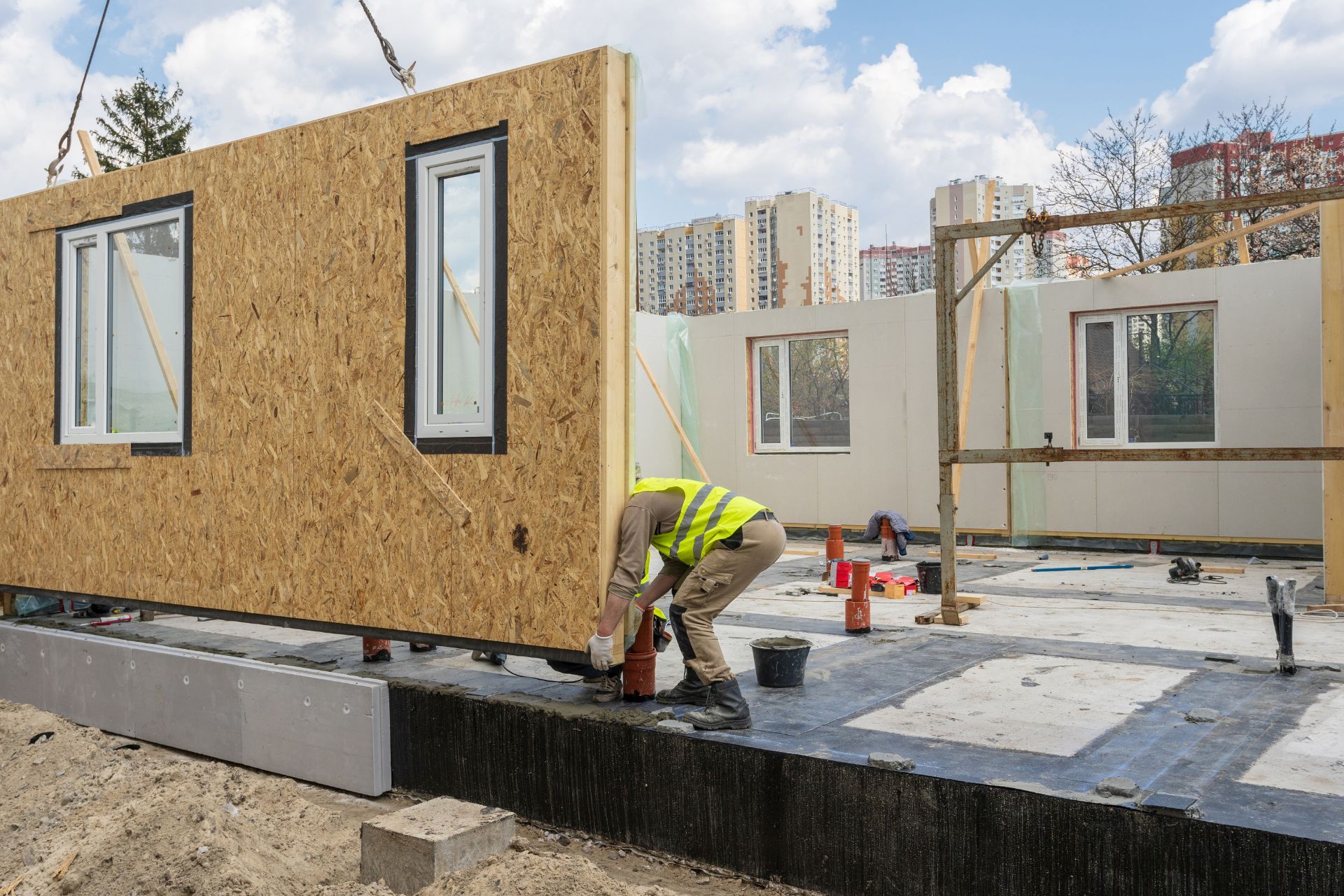
Key Findings of the Study
- Permanent modular buildings are estimated to dominate the market.
- Steel is projected to be the fastest-growing segment in the modular construction market.
- The residential segment is expected to lead the modular construction market.
- Asia Pacific is the largest market for modular construction.
The Future of Building
Modular construction is revolutionizing how we build. Its speed, cost-effectiveness, and quality make it an attractive option for many projects. As the market grows, we can expect even more innovations and applications for this versatile construction method.
Related posts:
 FHFA Conforming Loan Limit Hike to $766,550 in 2024: Implications and Analysis
FHFA Conforming Loan Limit Hike to $766,550 in 2024: Implications and Analysis
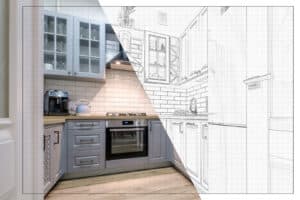 15 Free Kitchen Design Software: Your Gateway to Dream Kitchens
15 Free Kitchen Design Software: Your Gateway to Dream Kitchens
 Decline in Home Prices: Anticipating a Shift in 2024
Decline in Home Prices: Anticipating a Shift in 2024
 Maryland Governor Legislative Agenda: Military Families, Housing, and Public Safety in 2024
Maryland Governor Legislative Agenda: Military Families, Housing, and Public Safety in 2024
 Nashville’s Zoning Bills for Middle-Income Housing Spark Contentious Debate
Nashville’s Zoning Bills for Middle-Income Housing Spark Contentious Debate
